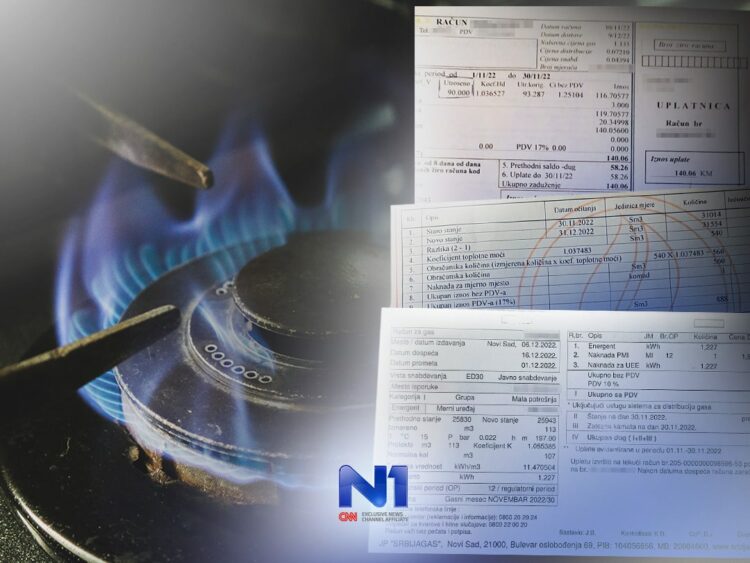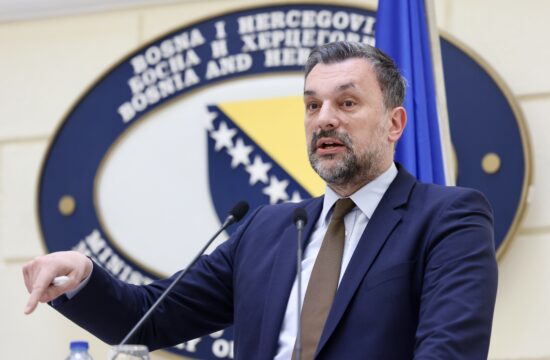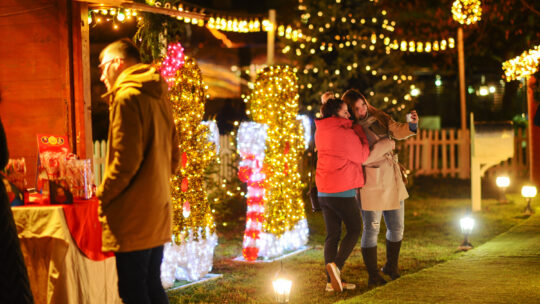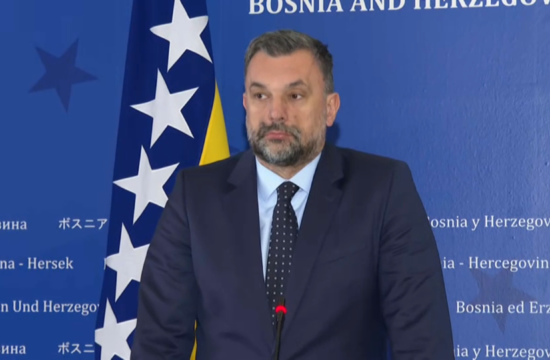
Bosnians pay a significantly higher amount for natural gas than citizens in other countries of the region, and this is partly because the state has not done anything to alleviate the increasing energy prices for citizens. Pročitaj više
The price of natural gas in households in Bosnia and Herzegovina is calculated on the basis of consumption per cubic meter (m3), while in neighbouring countries (Croatia, Serbia and Slovenia) that price is calculated based on consumption per kilowatt hour (kW/h).
Thus, the price of natural gas currently in Bosnia’s Federation (FBiH) entity as of October 1 is 1,175 Bosnian Marks (BAM) without VAT and 1,375 BAM including VAT for households per cubic meter, according to data ba Sarajevogas.
In the other semi-autonomous entity in the country, Republika Srpska (RS), the price for households without VAT is 1,251 BAM, and with VAT 1,463 BAM, which means that it is somewhat higher compared to FBiH.
As for the area that is supplied with natural gas procured by the company Gas-res, no information is available on current prices, however, expert Almir Becarevix told N1 that this is a “grey area” and that it is impossible to obtain that information. However, he said that, according to his knowledge, the price of that energy is cheaper than in Istocno Sarajevo (East Sarajevo) and FBiH.
“And when it comes to Zvornik, they hide that price there, but according to the information I have, it is somewhat lower than the price in FBiH. It's a grey area, it's impossible to find out, Gas-res manages it, but according to certain information I have, the price of that gas is lower,” he said.
The price of natural gas is significantly lower in Serbia and Croatia than it is in BiH’s entities.
As of October 1, 2022, the price of natural gas for households in Serbia was 35.11 RSD per cubic meter, which is 0.53 BAM, without VAT. Citizens of Serbia pay consumption per kilowatt hour and according to data from Srbijagas, the current price for households is 3.42 RSD per kilowatt hour.
When it comes to Croatia, the price of natural gas for the same period, as Becarevic pointed out, was between 1.10 BAM and 1.20 BAM without VAT, which is a bit more than HRK 4.50, that is, about 0.61 euros. In Croatia as well, Croatian citizens pay consumption per kilowatt hour and according to HEP data, the price without VAT is EUR 0.063.
According to Slovania’s Statistics Office, the average price of natural gas for households there in the third quarter of 2022 increased by 22 percent and amounted to EUR 0.094 per kilowatt hour. However, due to the fact that certain government measures and subsidies have been introduced, the citizens of Slovenia pay 0.073 euros for gas consumption per kilowatt hour without tax.
According to Becarevic, precisely these subsidies introduced by the governments of these countries significantly helped the citizens.
“Realistically, you have to be objective here and you have to say that one of the factors in certain countries is exactly that. Serbia is one of the best examples because it financed the price that was in November with hundreds of millions of euros, which is less than 0.70 BAM per cubic meter. This is precisely where gas subsidies come in handy so that certain states to some extent artificially kept the price of gas much lower than the market price. We had the exact problem that there was no subsidy from any level of government, and we simply paid the actual market price, that is, the price that Gazprom provided,” said Becarevic.
Gazprom raised gas prices in early October. The price for Energoinvest, the company that supplies gas for FBiH, increased by 9.7 percent, and for Gas-res, a company in the RS, by 5.04 percent.
Bosnia and Herzegovina is completely dependent on the import of gas from Russia, which arrives in the country via the TurkStream pipeline. However, Serbia gets its gas from the same source, but citizens pay much less for it in that country.
“We lacked subsidies and that is one of the real factors why the price of gas here is higher than in the countries of the region. It is a realistic indicator, especially when we compare it with Serbia, and in that case, it can be seen that this is not a question of whether we have a high price for Russian or whether it is because we switched to TurkStream,” he explained.





Kakvo je tvoje mišljenje o ovome?
Budi prvi koji će ostaviti komentar!